Remember when you swore you’d never use elementary school math again unless you were splitting a check or calculating how many hours of sleep you weren’t getting? Yeah, well—plot twist—you still might not be able to pass a fifth grade test. These deceptively simple questions were designed for 10-year-olds… but they’ve been humbling full-grown adults all over the internet. Turns out, once you’ve added mortgages, anxiety spirals, and too much cold brew to the mix, your brain starts to glitch on stuff like basic fractions and logic puzzles.
Meanwhile, kids are out here solving riddles before we’ve even finished rereading the instructions. Why? Because they haven’t yet learned to overthink everything. These 12 school questions are like mini I.Q. traps wrapped in cartoon fonts and clip-art buses—and they reveal just how rusty adult reasoning can get when we trade curiosity for calendars. Let’s take a scroll through the brain teasers that leave grown-ups Googling and fifth graders thriving. No calculators allowed.
1. Klein’s Mysterious Book Pages
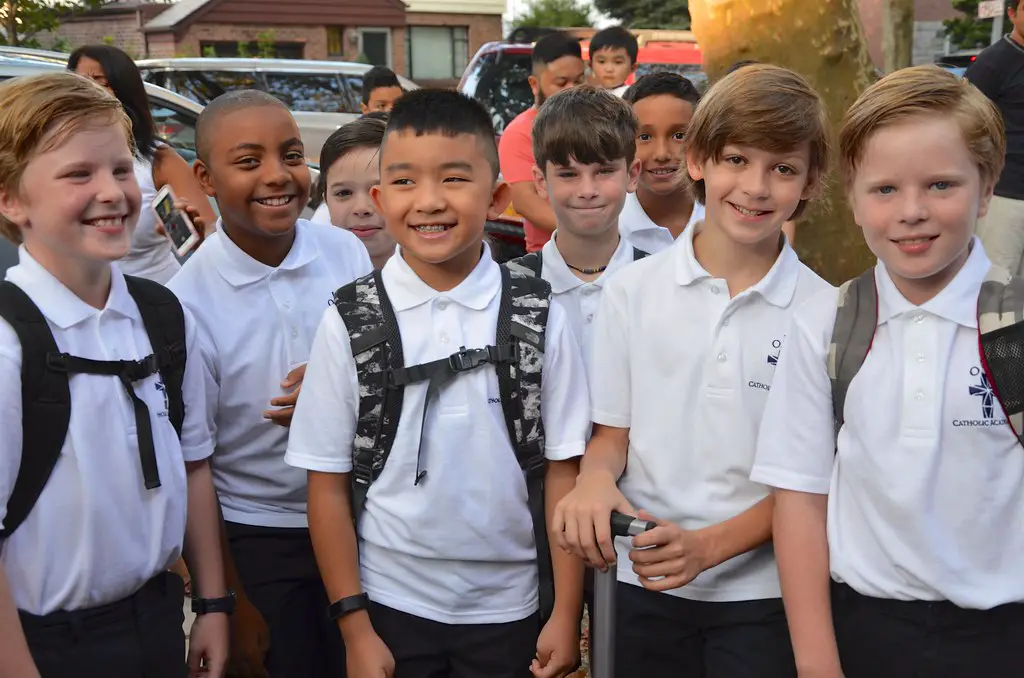
Ever had that “wait, what?” moment when a simple reading question takes you for a spin? The puzzle goes: “Klein read 30 pages of a book on Monday and â…› of the book on Tuesday. He then finished the remaining ¼ of the book on Wednesday. How many pages are in the book?” At first glance, you think you’ve got it—just set up a little fraction equation and off you go. But then you wonder: is that 30 pages part of the whole, or is it extra info? Suddenly you’re debating whether Klein started on page one, page zero, or perhaps page omega.
Spoiler: if you assume those parts add up to the whole, you get 48 pages. But because the question never explicitly says “the first 30 pages,” some argue you can’t answer it uniquely without extra assumptions—cue endless Reddit debates. It splashed across Indy100, leaving adults completely stumped.
2. Which Way Is The Bus Driving?
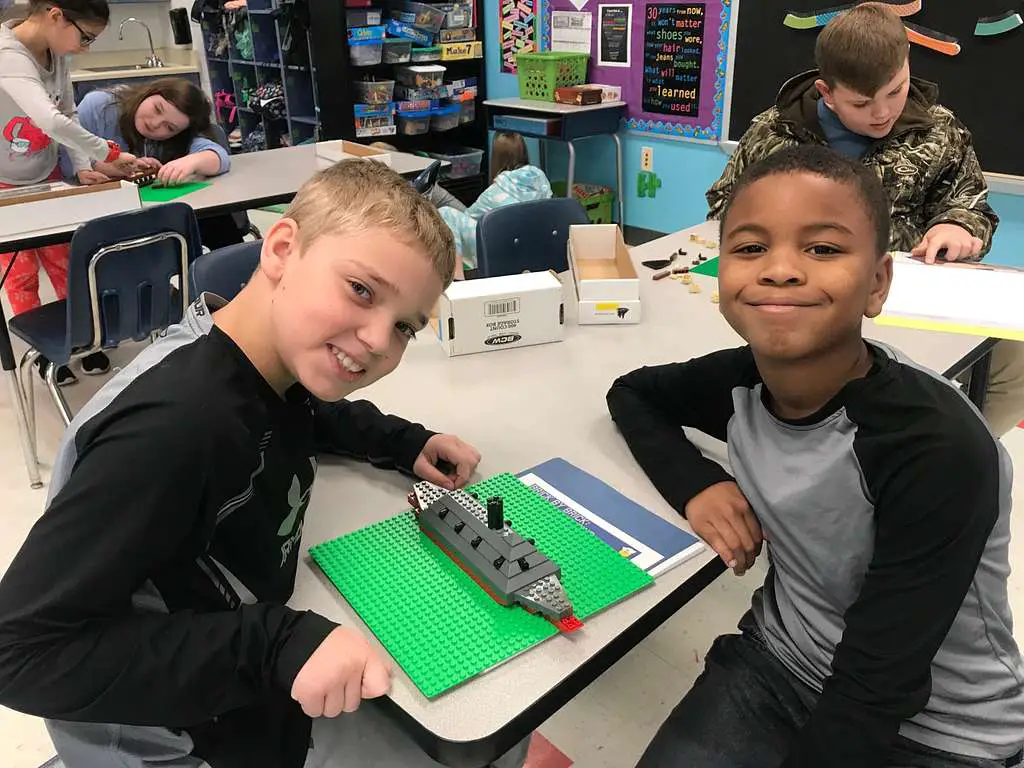
Picture a bus drawn in profile, its doors invisible, charging toward a curbless horizon. Fifth graders spot instantly: buses have doors on the right side, so this one must be barreling to the left. But grown-ups? We hyper-analyze the lack of windows, the curb, the driver’s seat visibility… and miss the obvious.
DailyMail even featured this in “Brain Games,” reporting that 80% of ten-year-olds nail it in seconds—whereas adults double-take and still get it wrong half the time. It’s one of those puzzles that punishes overthinking and rewards just… noticing stuff. It also reveals how we adults have been trained to distrust simplicity—if it seems easy, it must be a trick, right? Meanwhile, kids just say, “Well duh, the doors are on the other side,” and move on with their day, snack in hand.
3. The Upside-Down Parking Lot
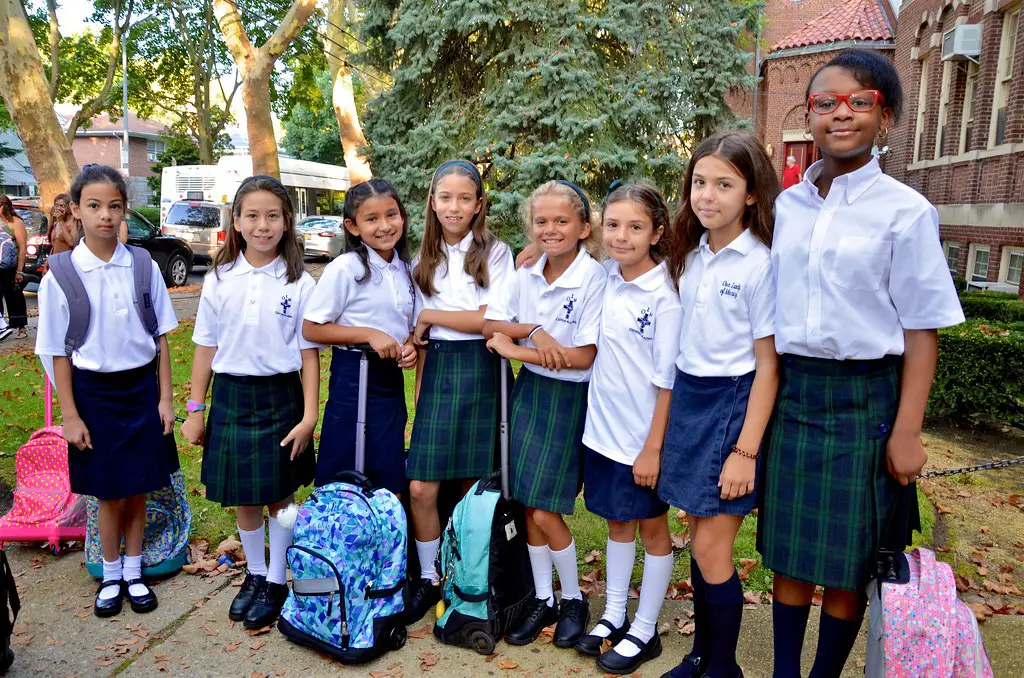
Think of a parking lot with numbered spots: 16, 06, 68, 88, __, 98. Kids under ten flip the paper and see it reads 87. Adults stare, write long subtraction equations, google “puzzlersworld,” and still argue if it’s 78, 38, or “none of the above.”
It’s a pure test of perspective—not math—and that twisty logic is exactly why Business Insider wrote about it, calling it a “20-second first-grader mind-bender”. It’s kind of poetic, honestly—just rotate your viewpoint, and the chaos turns into clarity. But for adults, the mental gymnastics required to flip the image literally short-circuits our wiring. It’s the closest most of us get to a philosophical awakening while staring at a kindergarten worksheet.
4. The Omnipresent Order of Operations
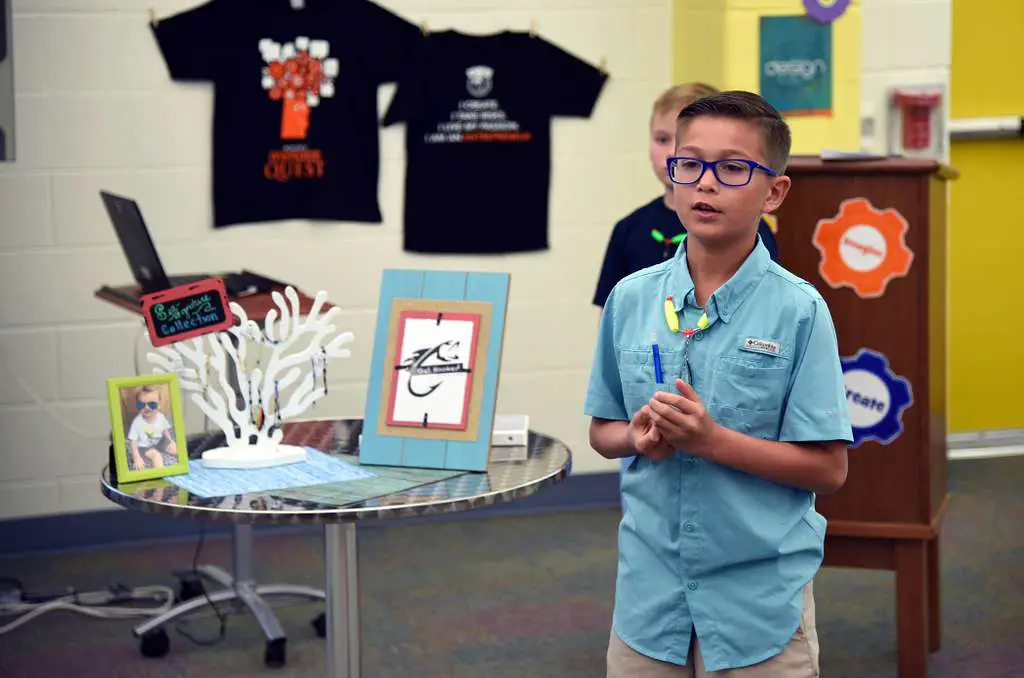
Remember 8 ÷ 2(2+2)? To a fifth grader, parentheses first, then left-to-right operations, gives 16. To many adults who learned PEMDAS rigidly, it magically becomes 1, sparking viral flame wars.
Simon Fraser University education experts argue the real confusion is cultural: we drop the multiplication symbol before parentheses in algebra, so that ambiguity breaks the internet every time. The wildest part? Both answers are technically defensible depending on how you were taught. It’s not just a math problem—it’s a full-blown generational divide masquerading as a simple equation. Honestly, you could print this on a T-shirt and start an argument in any coffee shop across the country.
5. The Petite Circle Sum
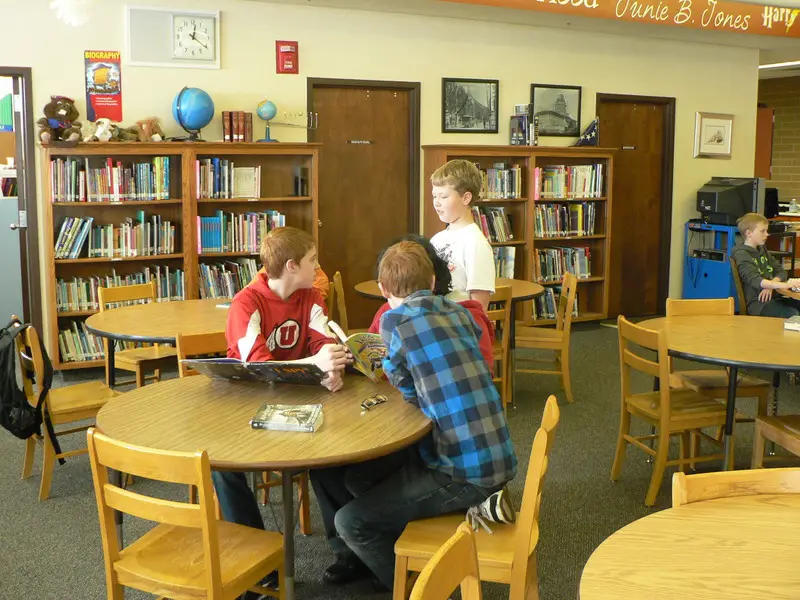
Four small circles around a big one, labeled 18, 10, 2, and 12, all touching. The question: what’s in the big circle? Five-year-olds in Singapore breeze through: it’s simple addition–subtraction symmetry. Adults? We pitch advanced group theory, draw Venn diagrams, and end up with “I give up.”
Distractify even ran a gallery of baffling elementary puzzles, highlighting this as a top contender for “only geniuses would answer in 20 seconds”. It’s the kind of riddle where less really is more—literally and figuratively. Grown-ups, trained to assume layers of deception, forget that the answer is staring right at them in big, bold numbers. Turns out, you don’t need a PhD—you just need to unlearn everything a standardized test taught you.
6. The Sneaky Train Tally
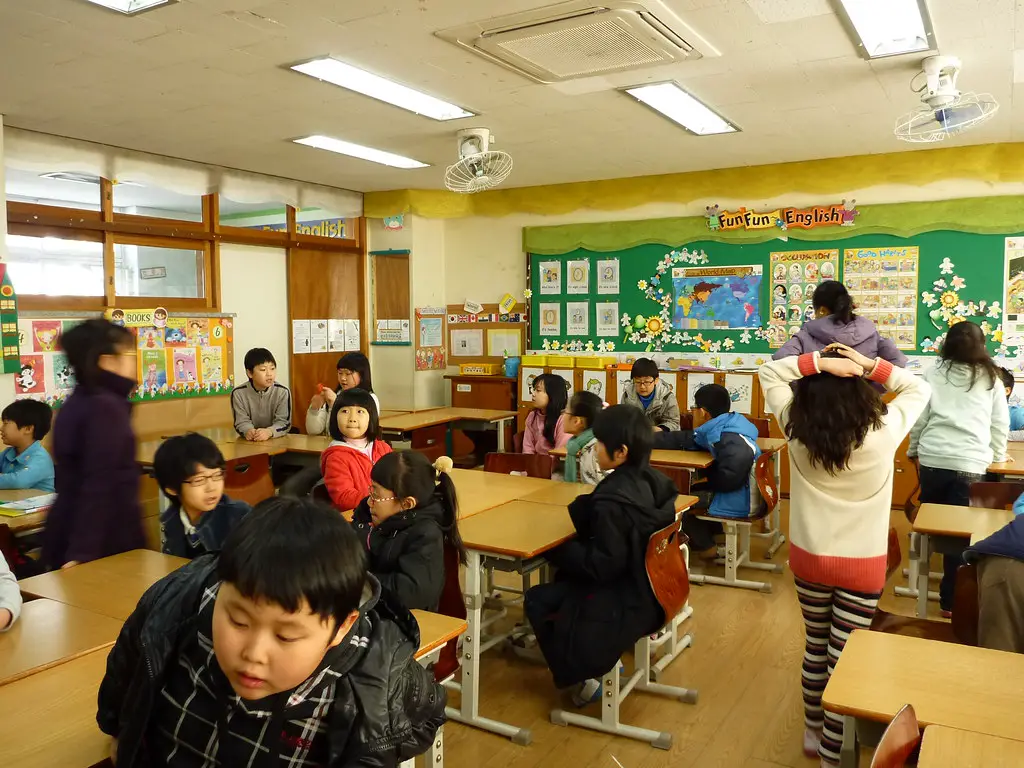
A train starts with an unknown number of passengers. 19 get off, 17 get on, and now 63 remain. How many were there to begin with? It’s just algebra: x – 19 + 17 = 63, so x = 65. But adults tweet heated debates over whether x = 46 or 65, all because they mis-read the order of events.
The trick is in the sequencing—reading comprehension, not computation. Kids are taught to read word problems carefully, line by line, and translate them into math step-by-step. Adults, meanwhile, often skim too fast and think they’ve “got it,” then end up defending the wrong answer like it’s their thesis statement. This kind of question reveals how rusty many grown-ups are when it comes to math wrapped in story form. And nothing exposes our collective impatience quite like shouting “math is broken!” on social media because we skipped a sentence.
7. The Marble Mystery
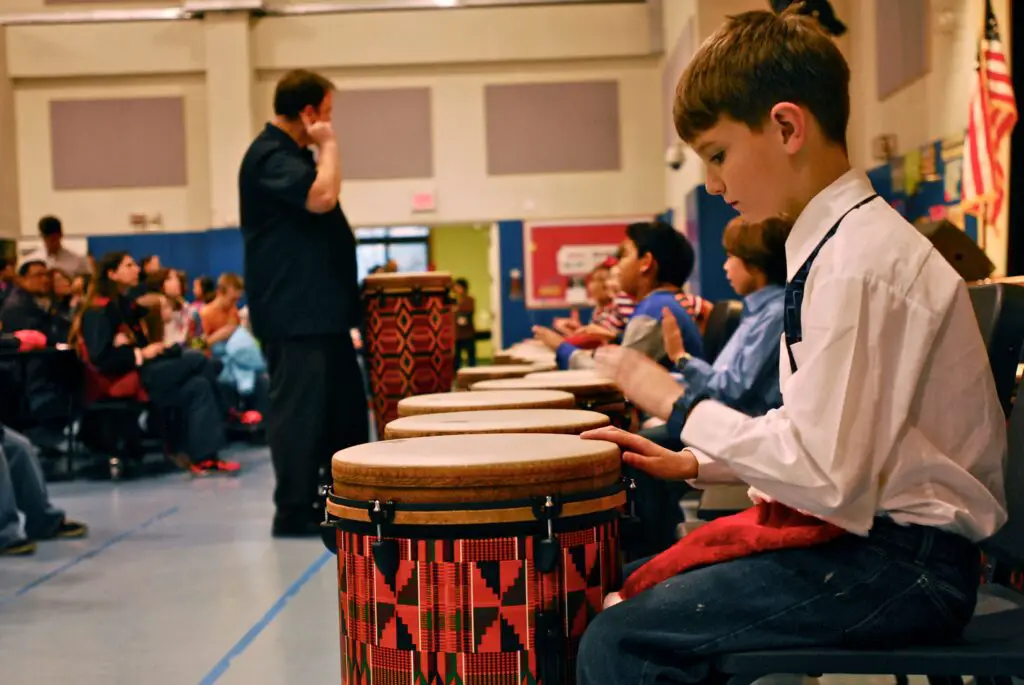
“Janell lost some of her marbles, leaving her with 15. How many did she start with?” Third graders accept the vagueness (“some” can be any positive integer less than 15), giving the answer “
This isn’t about solving—it’s about being okay with ambiguity, which kids apparently handle way better than adults. Somewhere between taxes and LinkedIn endorsements, grown-ups lose their tolerance for uncertainty. Meanwhile, kids look at this question and say, “Oh, cool, I can pick anything as long as it makes sense,” while adults are frantically scanning for a formula or a hidden trick. It’s like we forgot that logic puzzles sometimes want us to think flexibly, not surgically.
8. The Four-Legged Odd One Out

Show pictures of a dog, fish, and chicken, asking which doesn’t belong. Kids squeal “fish!” but then remember biology: one is the only bird, so you flip-flop your answer. Adults overthink animal classes and locomotion, missing that fifth graders are comfortable with multiple correct frameworks.
The real lesson here? Sometimes there isn’t one right answer—and that’s the point. Kids are used to playful, creative thinking; adults are conditioned to scan for a singular, test-approved response. One person says the fish because it lives in water, another says the chicken because it lays eggs, and then your aunt chimes in with “technically, a chicken can swim…” and it all goes to hell. It’s a brilliant reminder that lateral thinking isn’t a weakness—it’s actually what makes kids better at open-ended problems.
9. The Fraction Shade Puzzle
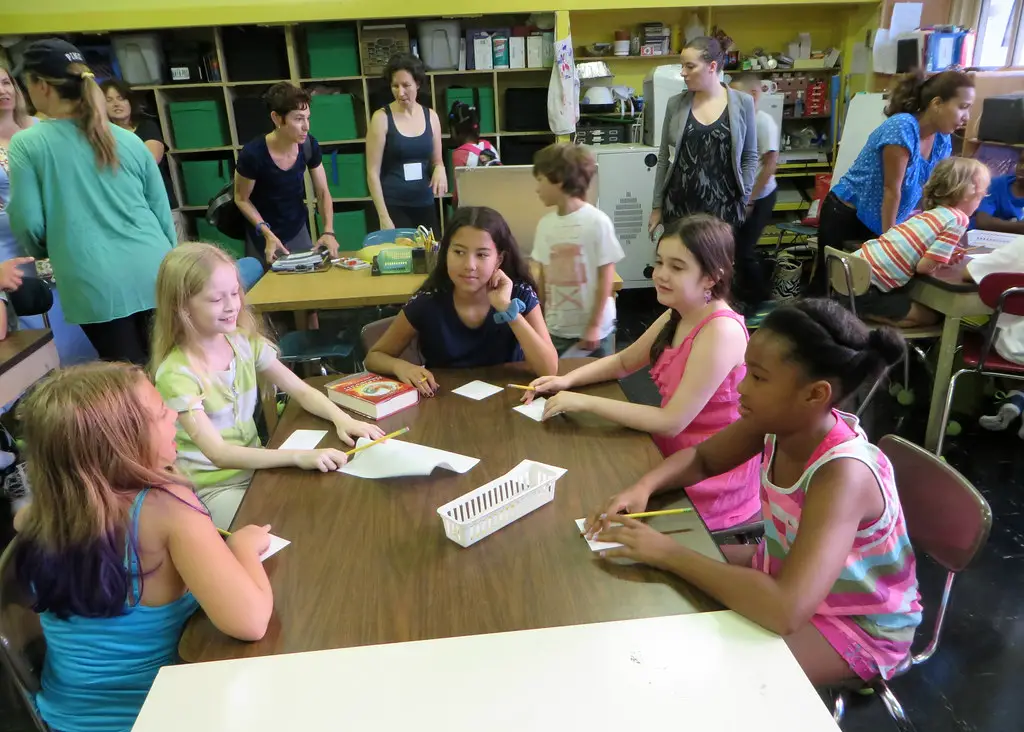
A circle is partially shaded—what fraction? Pluck any neat fraction and you’re correct; designers intended to teach estimation, not exactitude. Yet parents and Redditors quarrel over 1/3 vs. 2/5 for days.
The hilarious part is that most kids just eyeball it, circle something like 1/2 or 1/4, and move on with their day. Adults? Oh, we bust out the protractors, measure the pixels, screenshot it, and upload to a subreddit titled “Unsolvable Trash.” It’s the ultimate test of adult insecurity—we want a perfect answer to an imperfect picture, when the point was never to be perfect. Turns out, if you’re rage-zooming on a diagram meant for a ten-year-old, the diagram isn’t the problem.
10. The Geometric Swap
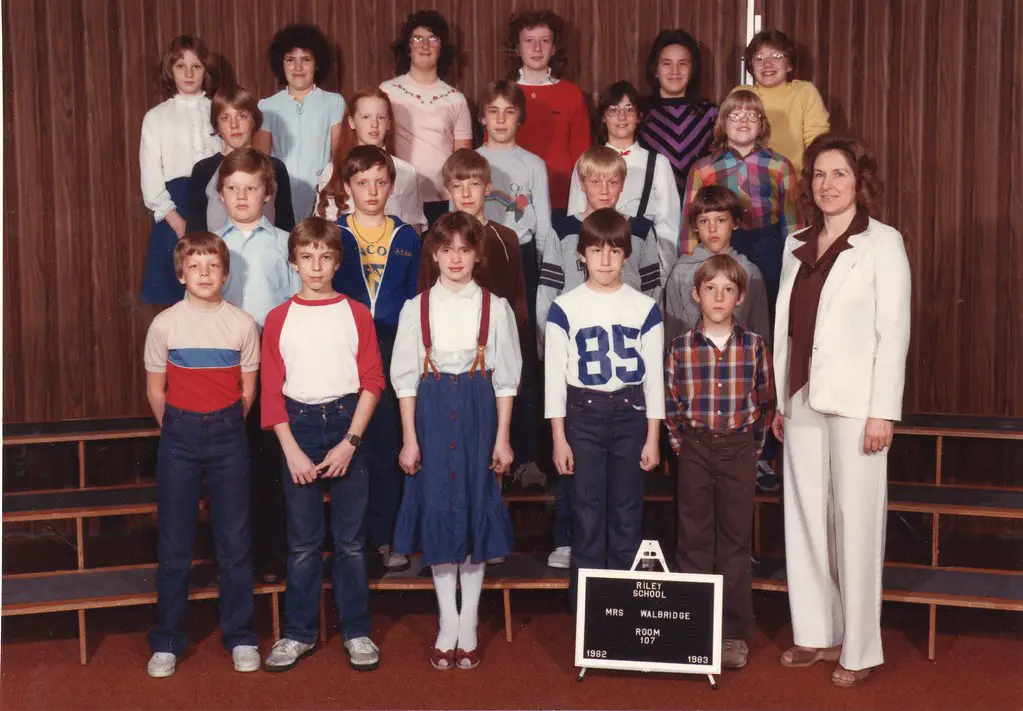
“Which side is longer: A or B?” shows two lines at odd angles. To babies, A and B are identical mirror images; to adults, perspective warps everything. The kicker: they’re exactly the same length—pure trick, no ruler needed.
This one’s a classic optical illusion trap, like the kind that makes you question your entire sense of depth perception. Kids trust their gut; adults want to solve it like a logic puzzle, not realizing it’s just messing with their eyes. It’s basically geometry’s version of a prank. And yet, you’ll find grown-ups angrily drawing vectors and running the Pythagorean theorem, while kids are just like, “They’re the same, can I go to recess now?”
11. The Cryptic Word Sequence
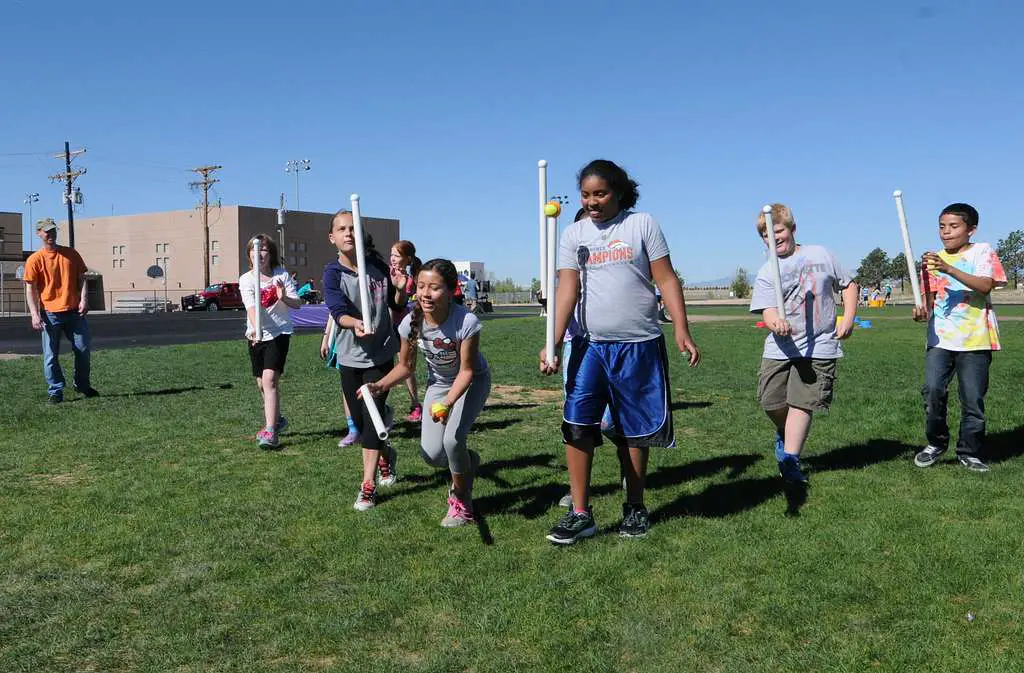
T, T, T, ___? Kids know “triad” might work, but so might “three,” “trio,” or “trident.” The only right answer: “there isn’t one”—a meta-puzzle where overthinking is the trap.
This one’s meant to be a trick, and somehow kids spot that faster than adults do. We grown-ups scramble to make it fit some rule—maybe it’s an acronym? Maybe it’s Morse code? Meanwhile, fifth graders shrug and go, “Oh, it’s a riddle with no real answer. Cool.” It’s like those questions that exist just to make you realize how deeply uncomfortable we are with not having closure. Real growth is realizing “none of the above” is sometimes the answer.
12. The “Are You Smarter?” Show-Off

Finally, a question straight from Are You Smarter Than a 5th Grader?: “What is ¾ of 20?” Kids blurt “15,” while adults panic over fractions, percentages, and whether the answer could be 75% of 25. Spoiler: it’s always 15.
This one exposes how the trauma of middle school math never quite leaves us. Adults start drawing pie charts, converting to decimals, questioning whether ¾ means multiply or divide—and somehow end up answering with “I think it’s 17.5?” Kids just go, “¾ of 20? That’s 15. Next question.” It’s not just about knowing the math—it’s about not letting your anxiety bully you into paralysis. And yes, it’s deeply humbling to be outclassed by someone whose biggest worry is whether lunch includes chocolate milk.
